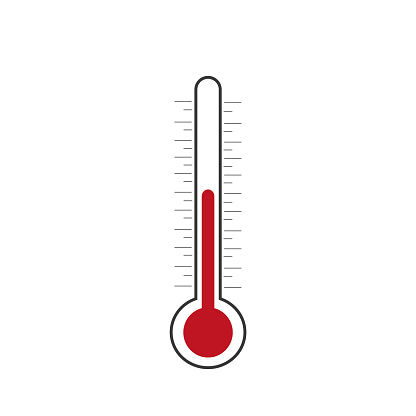How can we draw or infer meaning from our surroundings? To do this, we depend on observation.
But observation can take two forms: quantitative or qualitative.
In research, quantitative observation is a type of observation that focuses on quantitative data.
The word quantitative describes something that can be expressed in terms of quantity or numbers.
For example, things like emotion or fear cannot be quantified or expressed in quantities. We can only talk of the intensity of fear (fear very much, or fear very little) but we cannot assign any numbers to it.
However, you can describe things like weight in terms of quantity. e.g., “he weighs only 10 kg.” It can be done either by measuring or counting.
In quantitative observation, we separate ourselves emotionally from what we are observing. The result of this is data that is unaffected by our feelings or biases.
Quantitative observations can be contrasted with qualitative observations. For example, qualitative observations use descriptive or conceptual terms instead of numerical.
They are usually subjective because they rely on personal perspectives.
In qualitative observation, one’s emotions can be involved in what is being studied.
You can identify quantitative or qualitative things from statements. For example, “this painting is beautiful” is qualitative.
Here are 7 examples of quantitative observation.
1. Average waiting time to be served

Most of us have been anxious about how much of our time will be taken waiting to be served at a bank, hospital, or restaurant.
Based on this, it can determine what our preferred establishments will be and which ones to avoid like the plague.
Another waiting time is the length it takes for a business to respond to an email inquiry or how long its customer service staff holds you on phone before responding.
Since these are counted in time (minutes, hours, days, months), it’s a quantitative observation.
2. Commuting time

How long does it take to commute between two points?
This can be crucial when we want to get to work and don’t want to be late.
Based on this, we can organize our day by deciding what time to get out of bed and when to take off.
Ambulances that want to rush a patient to the hospital will want to know the shortest route or the least crowded route to the hospital.
3. Deciding who’s smarter

How can we grade students in class on the basis of who is smarter? This is usually done using test scores made on subjects.
Scores are numerical, often based on percentages.
Another frequent tool is the IQ (intelligence quotient) which uses numbers to score the intelligence of individuals.
4. Watching your calories

Perhaps you are a diabetic, a heart patient, obese, or just somebody who is generally health-conscious.
This may need you to watch several numbers on what you eat to control your weight.
Different foods have different calorie levels. For example, you get more calories from fats than protein.
These comparisons are an example of quantitative observation.
5. Checking for Fever

Besides chills, shaking or shivering, how can you know you have a fever? This is done by using a thermometer that measures temperature.
Normal temperatures are usually 98.5° F or 37° C.
If it exceeds 100.4°, it confirms fever which means that you may be ill and need to see a doctor.
Since your body temperature can be quantified as numbers, it is a quantitative observation.
6. Inventory taking for a business

If you own a shop, you will often need to take inventory to manage your stock levels. For example, after some period, you will do a manual check and record the items you have on inventory.
This can help you determine any stock losses (e.g., through pilferage or theft), total sales of the day, and profit.
Since it’s measured in dollar terms or units of the product (e.g., sacks of beans etc.), it is a quantitative observation.
7. Scores in a game

If you are watching your favorite team play in a football or baseball game, how can you tell if your team is ahead or not?
We use the scoreline which gives a numerical figure for the scores made so far.
Different games give scores differently. For example, in football, it’s the number of times your team passes the ball past the goalkeeper through the goalposts.
Parting Thoughts
So, when it comes down to the wire, which one is tops: qualitative or quantitative?
It turns out both can be good for most scientific research or observation.
Combining qualitative and quantitative approaches makes for killer research.

